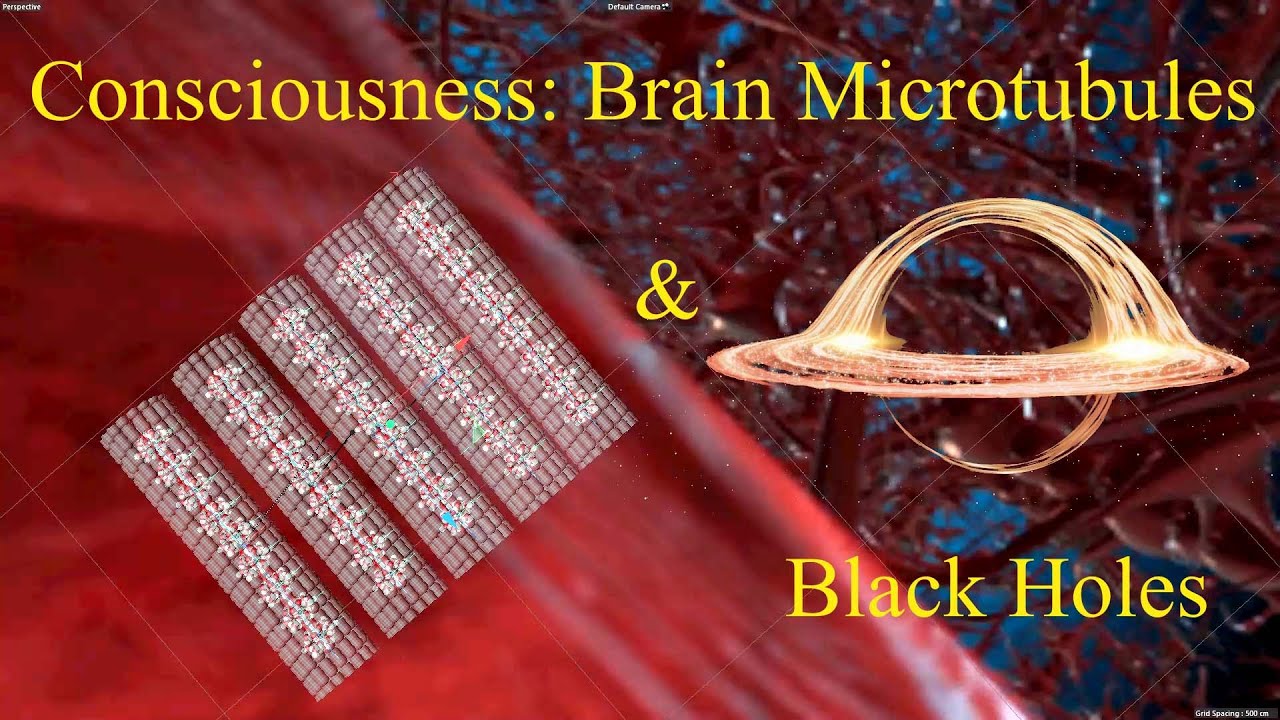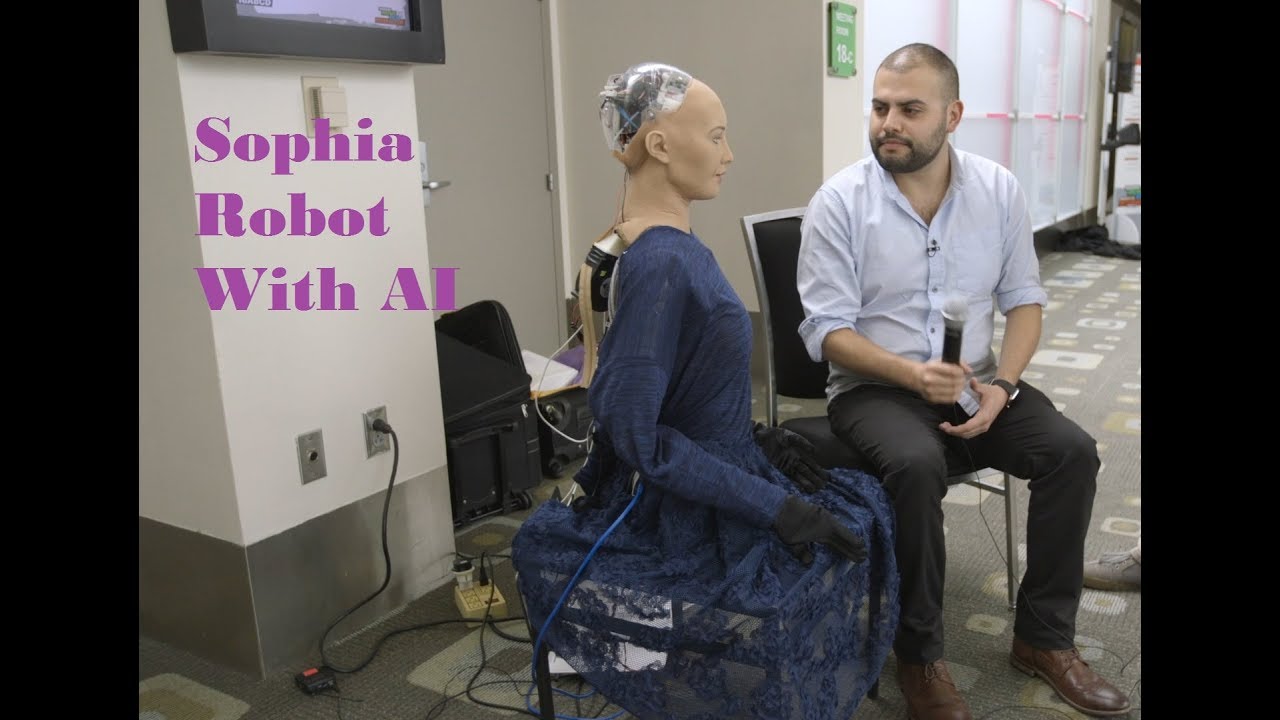Keith Johnson, MIT
Brain microtubules alone are not the source of quantum consciousness, as suggested by Hameroff and Penrose, but are channels for quantum coherent water nanocluster terahertz vibrations that produce by interference the much lower beat frequencies observed in EEG brain scans. These beat frequencies correspond to discrete thoughts and self-awareness. Cosmic water nanoclusters, ejected from cosmic dust, constitute Rydberg dark matter and are similar to those present in human brain microtubules, where they are believed to be related to consciousness. Their impact on planets near supermassive black holes in distant quasars – possibly on the origin of early technologically advanced life capable of stabilizing and traveling consciously through wormholes – is described. This scenario further leads to quintessence and a single cyclic universe, instead of an inflationary multiverse.
Source
Quantum Consciousness: Brain Microtubules & Black Holes




Interesting!
It's becoming clearer that with all the brain and consciousness theories out there, the proof will be in the pudding. By this I mean, can any particular theory be used to create a human adult level conscious machine. My bet is on the late Gerald Edelman's Extended Theory of Neuronal Group Selection. The lead group in robotics based on this theory is the Neurorobotics Lab at UC at Irvine. Dr. Edelman distinguished between primary consciousness, which came first in evolution, and that humans share with other conscious animals, and higher order consciousness, which came to only humans with the acquisition of language. A machine with primary consciousness will probably have to come first.
What I find special about the TNGS is the Darwin series of automata created at the Neurosciences Institute by Dr. Edelman and his colleagues in the 1990's and 2000's. These machines perform in the real world, not in a restricted simulated world, and display convincing physical behavior indicative of higher psychological functions necessary for consciousness, such as perceptual categorization, memory, and learning. They are based on realistic models of the parts of the biological brain that the theory claims subserve these functions. The extended TNGS allows for the emergence of consciousness based only on further evolutionary development of the brain areas responsible for these functions, in a parsimonious way. No other research I've encountered is anywhere near as convincing.
I post because on almost every video and article about the brain and consciousness that I encounter, the attitude seems to be that we still know next to nothing about how the brain and consciousness work; that there's lots of data but no unifying theory. I believe the extended TNGS is that theory. My motivation is to keep that theory in front of the public. And obviously, I consider it the route to a truly conscious machine, primary and higher-order.
My advice to people who want to create a conscious machine is to seriously ground themselves in the extended TNGS and the Darwin automata first, and proceed from there, by applying to Jeff Krichmar's lab at UC Irvine, possibly. Dr. Edelman's roadmap to a conscious machine is at https://arxiv.org/abs/2105.10461
Interesting